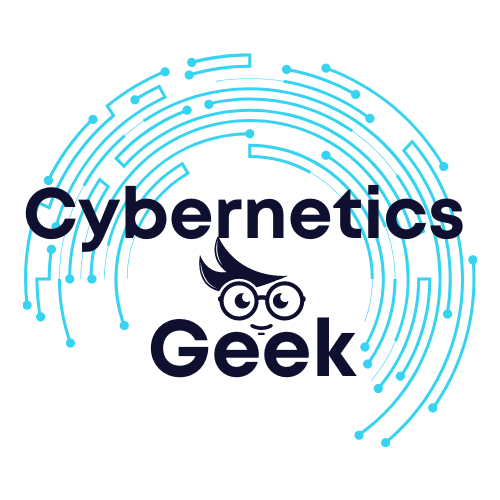As businesses increasingly rely on Software-as-a-Service (SaaS) applications, securing these environments has become a top priority. SaaS Security Posture Management (SSPM) is a proactive approach to identifying, monitoring, and mitigating risks in SaaS platforms, ensuring compliance and robust data protection.
What is SaaS Security Posture Management?
SSPM is a set of tools and practices designed to continuously evaluate and improve the security posture of SaaS applications. It focuses on identifying misconfigurations, ensuring compliance, and managing risks associated with SaaS environments like Google Workspace, Salesforce, or Microsoft 365.
Key Functions of SSPM
- Continuous Monitoring: Tracks SaaS configurations and user activity in real time.
- Risk Assessment: Identifies vulnerabilities and evaluates potential risks.
- Policy Enforcement: Ensures SaaS applications adhere to security policies and compliance standards.
- Access Management: Monitors and controls user permissions to prevent unauthorized access.
- Compliance Reporting: Simplifies audits by generating reports aligned with standards like GDPR, HIPAA, or CCPA.
Why is SSPM Important?
1. Rising SaaS Adoption
With businesses relying heavily on SaaS for collaboration, communication, and storage, the potential attack surface has grown significantly.
2. Misconfiguration Risks
Misconfigured SaaS applications are a leading cause of data breaches. SSPM helps detect and fix these vulnerabilities before they can be exploited.
3. Compliance Requirements
SaaS applications often handle sensitive data, making compliance with regulations like GDPR and HIPAA essential. SSPM ensures ongoing adherence to these requirements.
Fact: According to a 2023 Gartner report, 99% of cloud security failures are due to customer misconfigurations, underscoring the importance of SSPM.
Benefits of SSPM
Enhanced Visibility
Gain a centralized view of all SaaS applications and their security configurations.
Proactive Risk Management
Address vulnerabilities and risks before they escalate into breaches.
Simplified Compliance
Automate policy enforcement and reporting for faster and more efficient audits.
Access Control
Manage permissions and detect suspicious activities to prevent unauthorized access.
Cost Savings
Avoid the financial losses associated with breaches, fines, and downtime.
Best SSPM Tools in 2024
1. Adaptive Shield
- Overview: Comprehensive SSPM solution that integrates with popular SaaS applications.
- Key Features: Configuration monitoring, compliance reporting, and risk assessments.
- Best For: Large enterprises with multiple SaaS tools.
2. AppOmni
- Overview: Focuses on securing SaaS environments like Salesforce and Workday.
- Key Features: Automated security checks and policy enforcement.
- Best For: Organizations heavily reliant on CRM platforms.
3. Obsidian Security
- Overview: Provides advanced user behavior analytics for SaaS environments.
- Key Features: Insider threat detection, activity monitoring, and integration with SIEM tools.
- Best For: Companies seeking advanced analytics for user activity.
4. DoControl
- Overview: SaaS security automation platform designed for risk mitigation.
- Key Features: Data access control, file sharing visibility, and policy management.
- Best For: Small to medium-sized businesses (SMBs).
5. Cloudflare SaaS Security
- Overview: Integrates SSPM with web application protection.
- Key Features: DDoS protection, traffic monitoring, and compliance tools.
- Best For: Organizations needing a hybrid SaaS and web security solution.
How to Implement SSPM
Step 1: Inventory Your SaaS Applications
Identify all SaaS tools in use, including shadow IT, and document their configurations.
Step 2: Prioritize High-Risk Applications
Focus on applications that handle sensitive data or have complex configurations.
Step 3: Integrate an SSPM Tool
Select a tool that aligns with your organization’s needs, ensuring it integrates with your existing security stack.
Step 4: Set Security Policies
Define policies for user access, data sharing, and configuration baselines, ensuring they meet regulatory standards.
Step 5: Monitor and Adjust
Continuously track changes in configurations and update policies as needed to address emerging threats.
Best Practices for SaaS Security Posture Management
- Enable Multi-Factor Authentication (MFA): Require MFA for all SaaS logins to add an extra layer of security.
- Monitor Third-Party Integrations: Ensure that integrations with SaaS tools follow security best practices.
- Regularly Audit User Access: Periodically review user roles and permissions to prevent privilege creep.
- Train Employees: Educate users on proper SaaS usage and phishing awareness to reduce human error.
- Automate Where Possible: Use SSPM tools to automate configuration checks and compliance reporting.
Conclusion
SaaS Security Posture Management is essential for organizations leveraging cloud-based applications. By proactively managing risks, ensuring compliance, and automating key processes, SSPM tools help businesses maintain a strong security posture in today’s complex digital environment. With the right SSPM solution and practices, you can minimize risks and focus on leveraging the benefits of SaaS without compromise.
